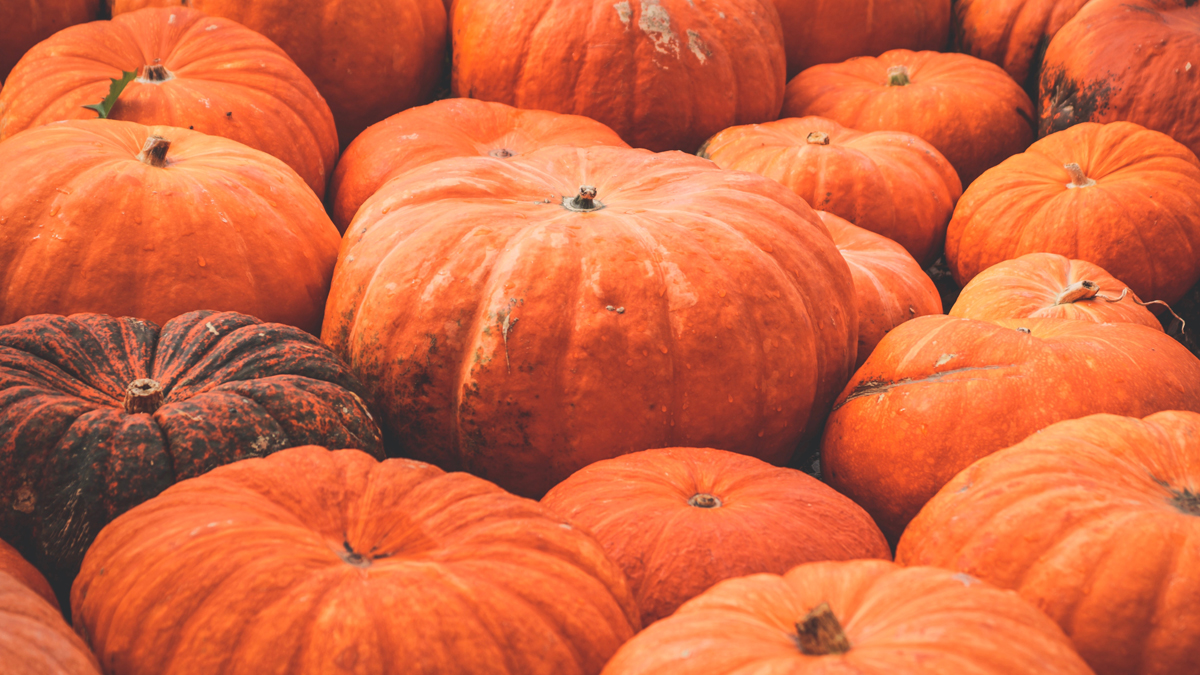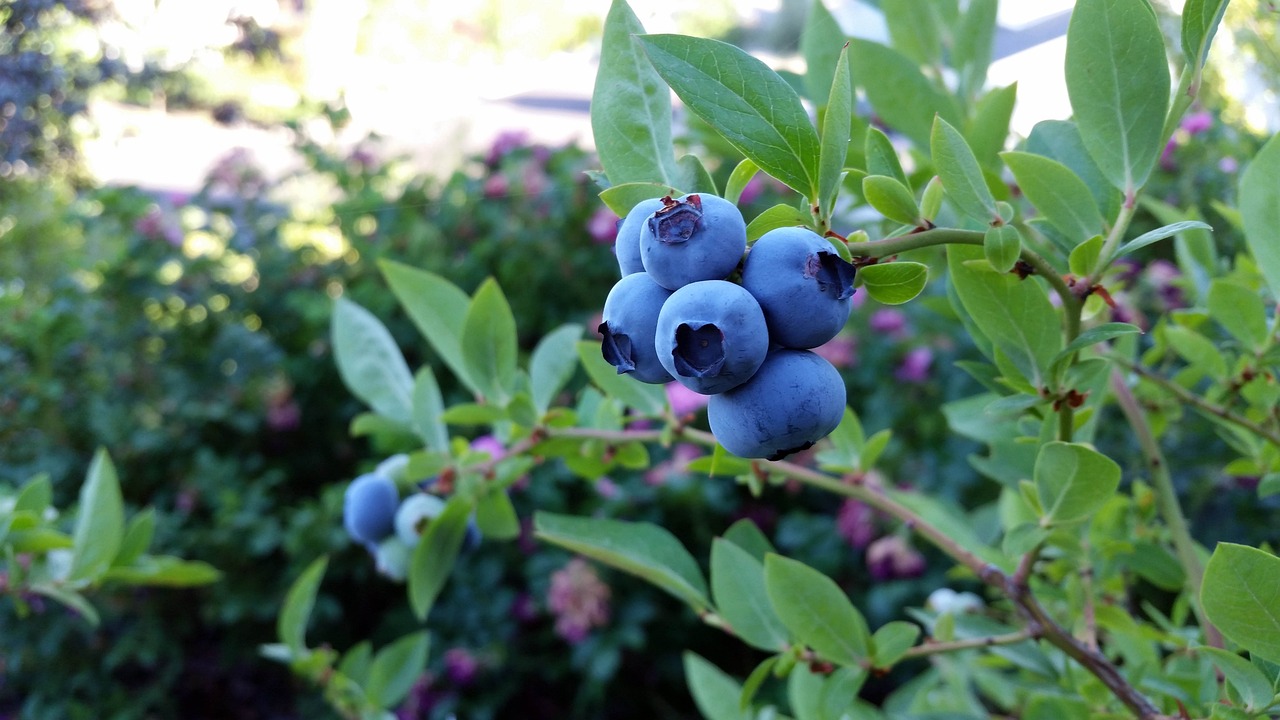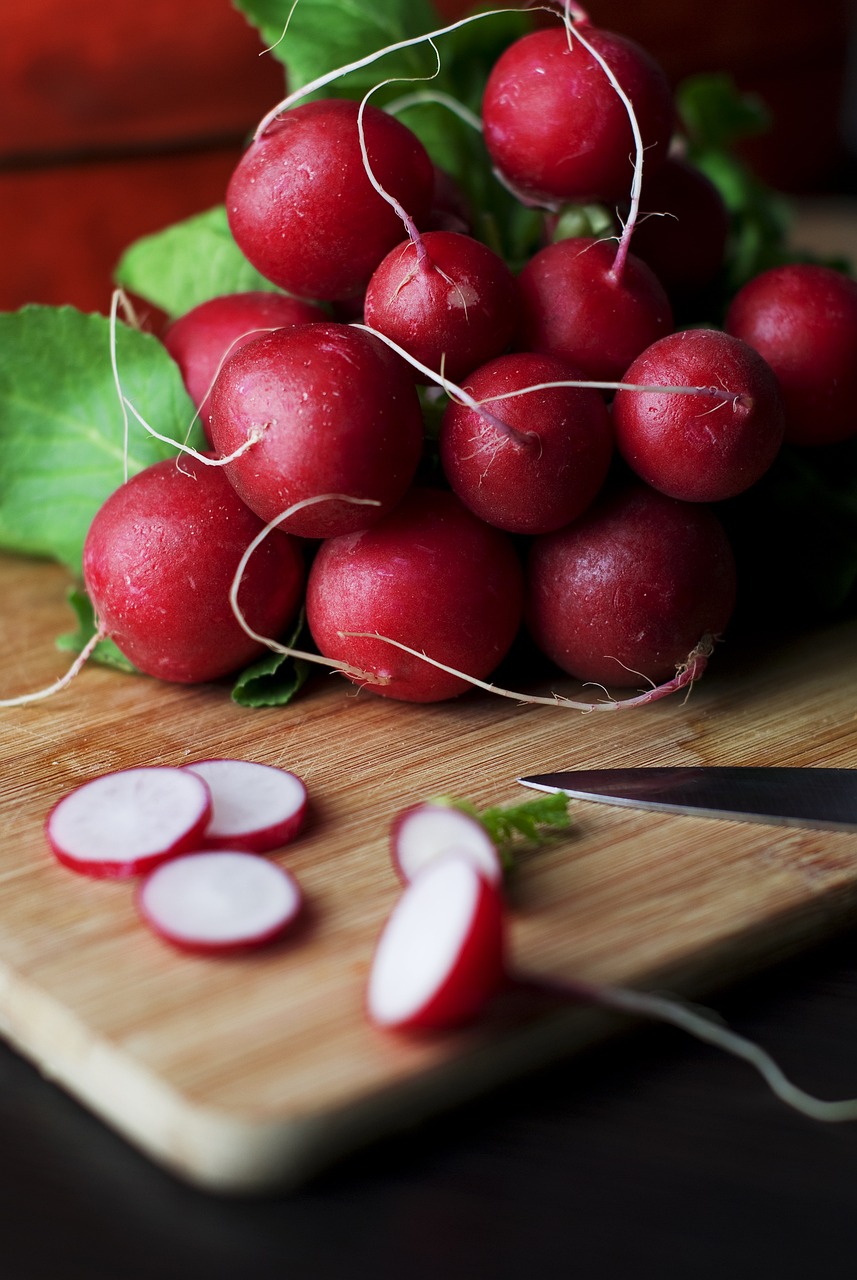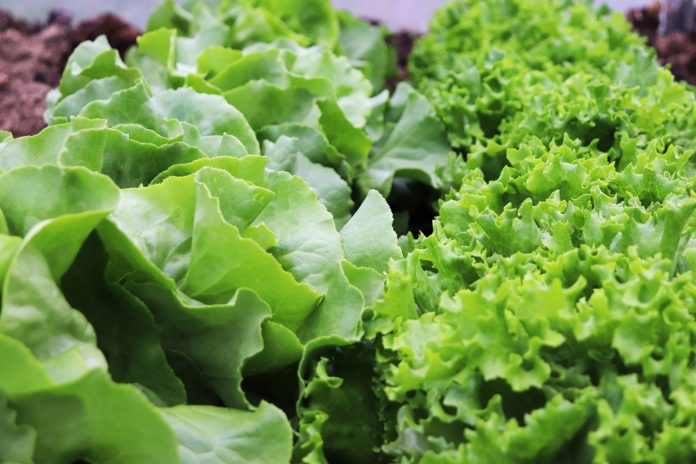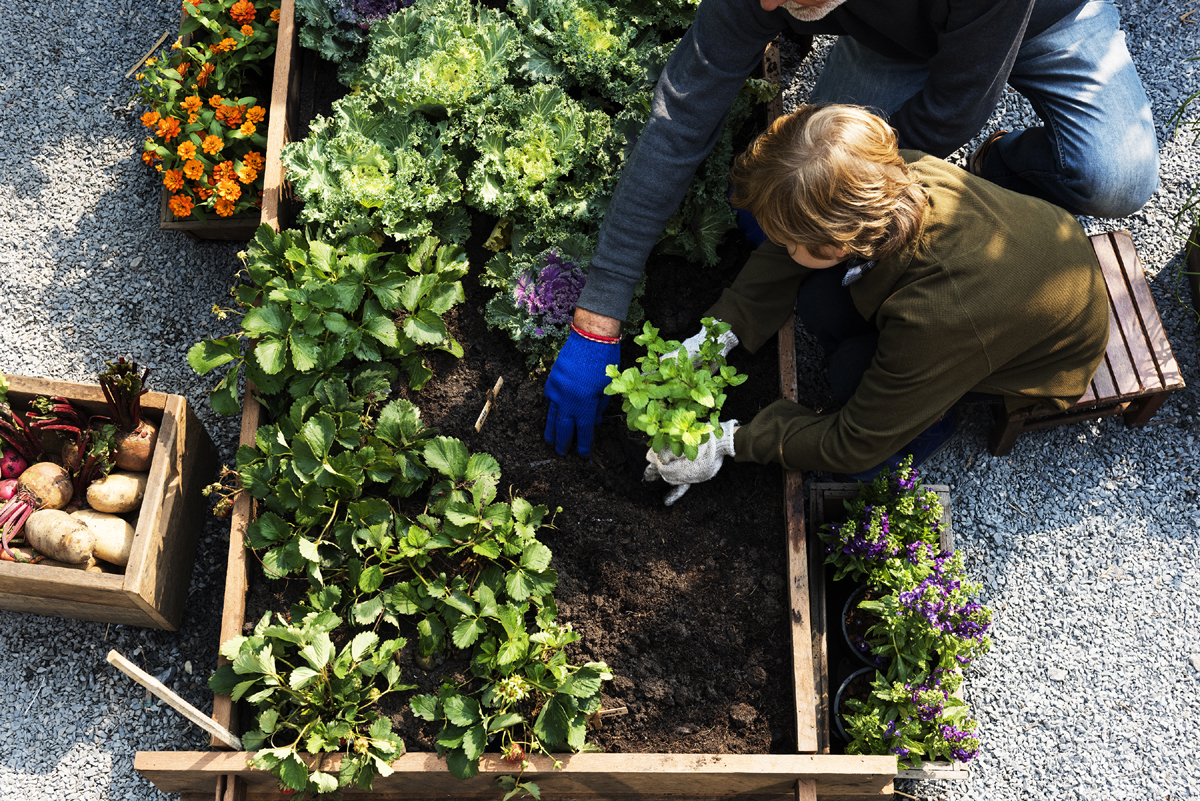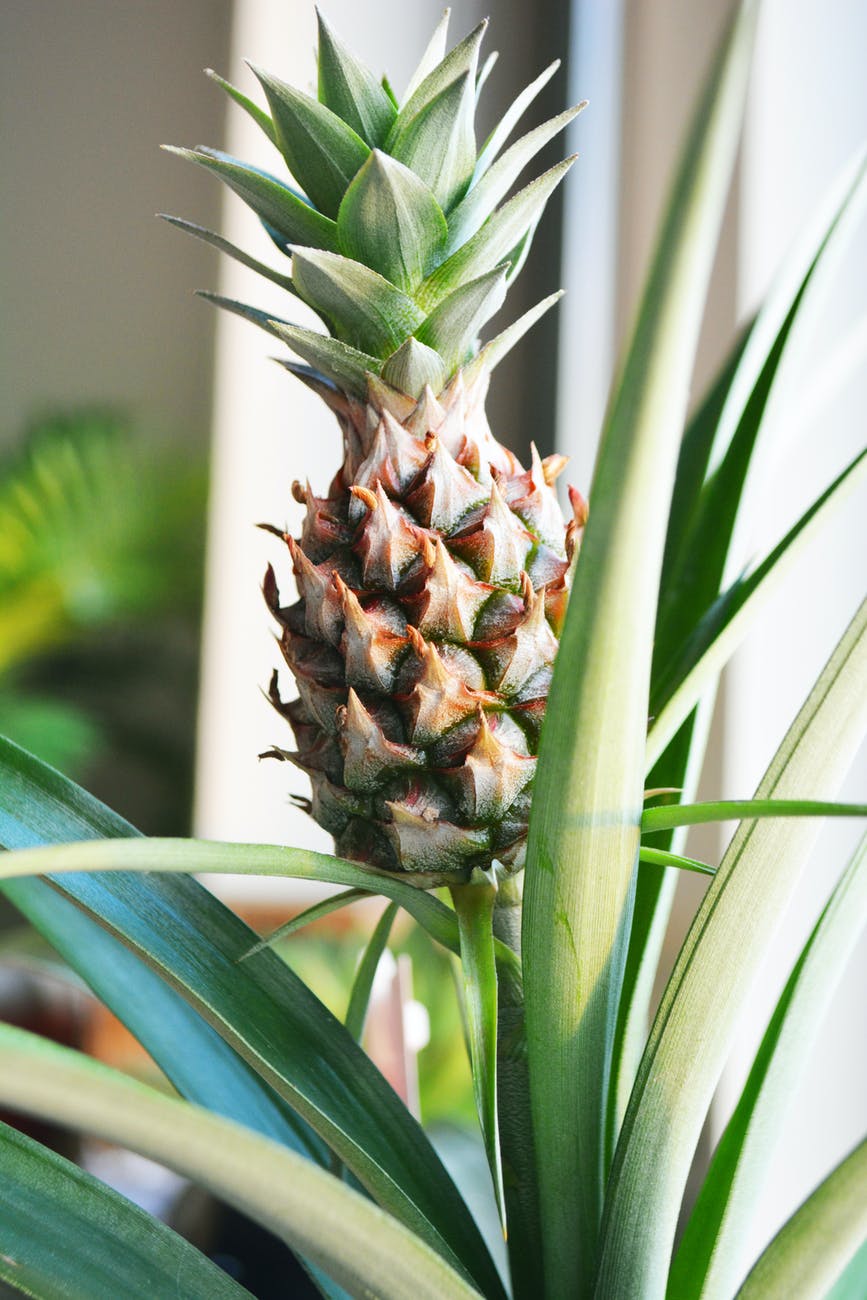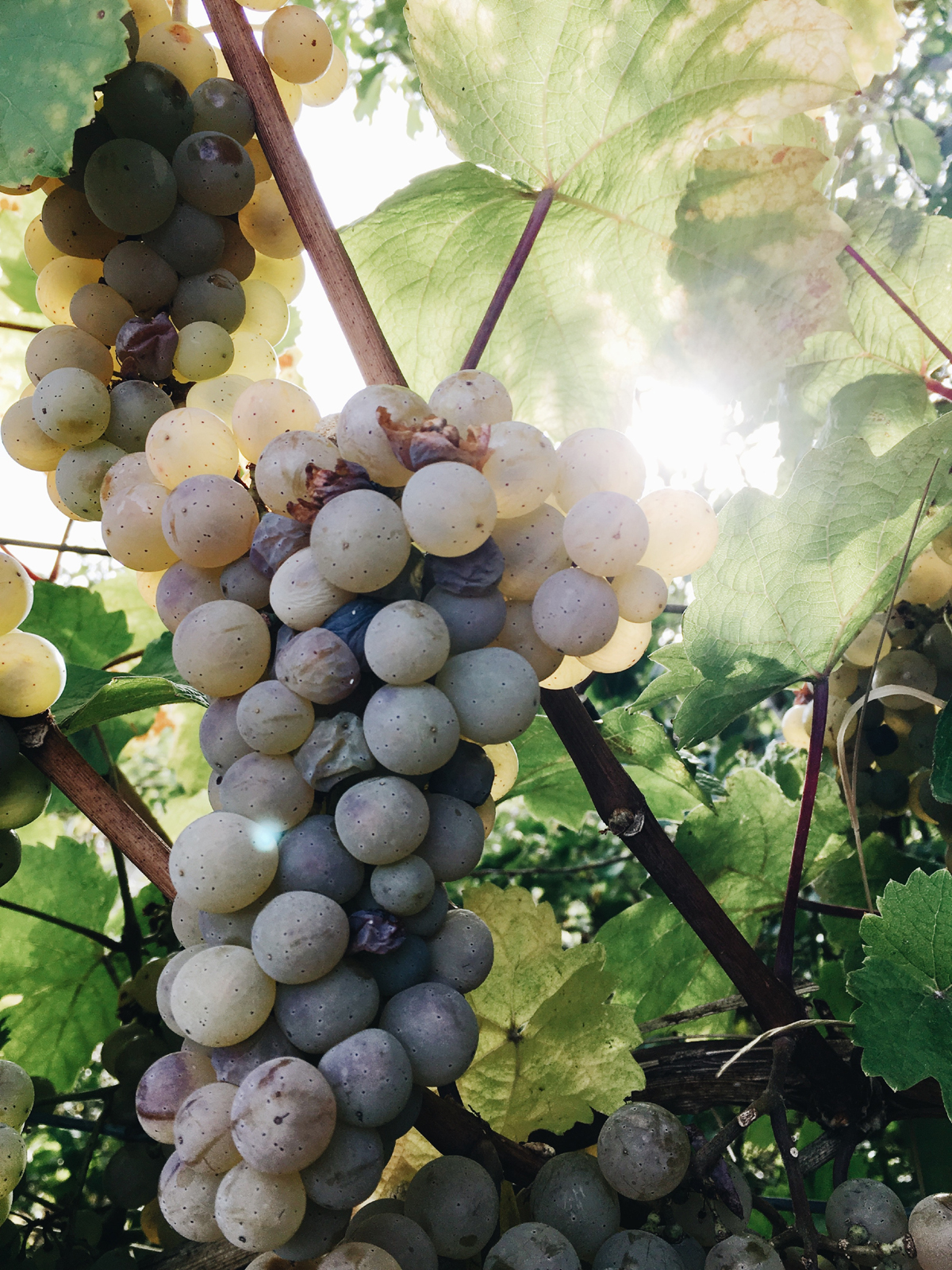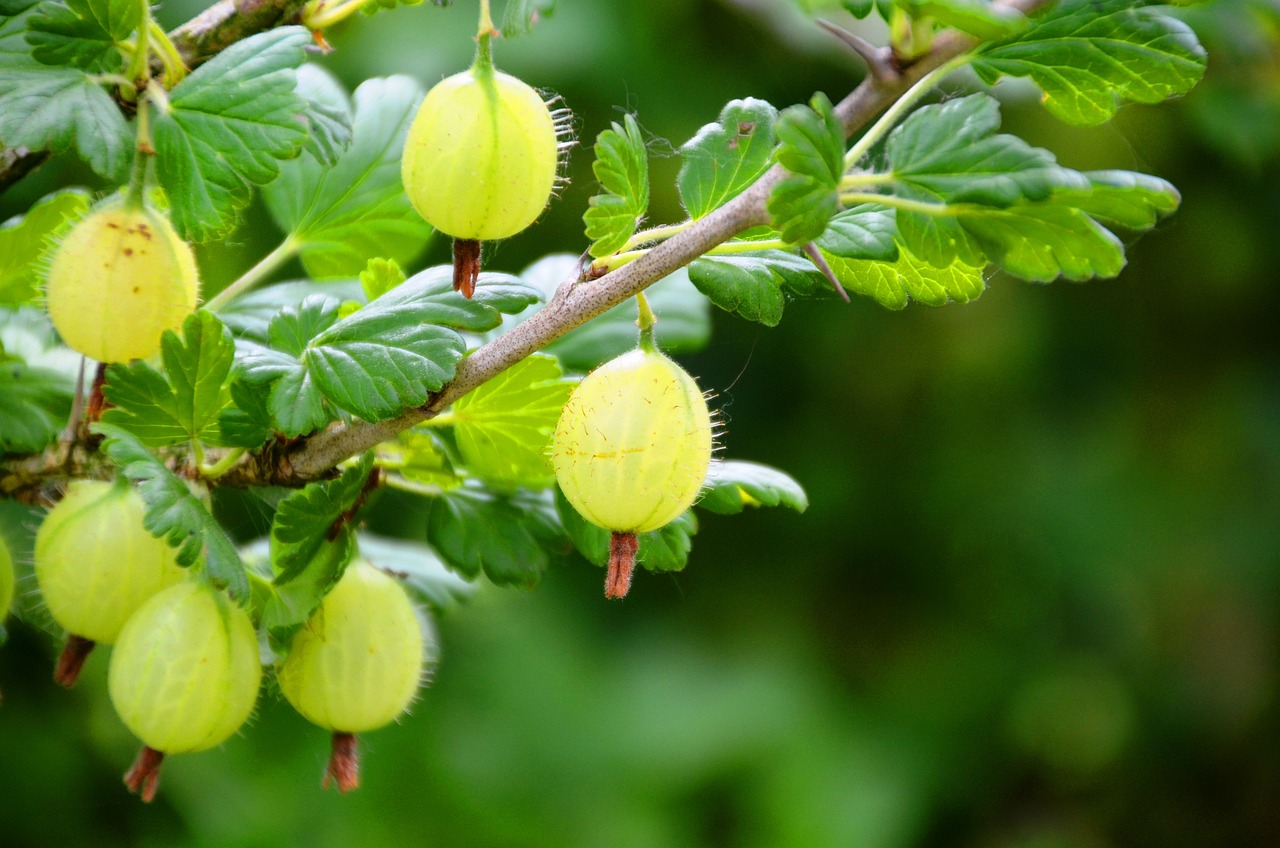How to Grow Aubergines Alias Eggplants
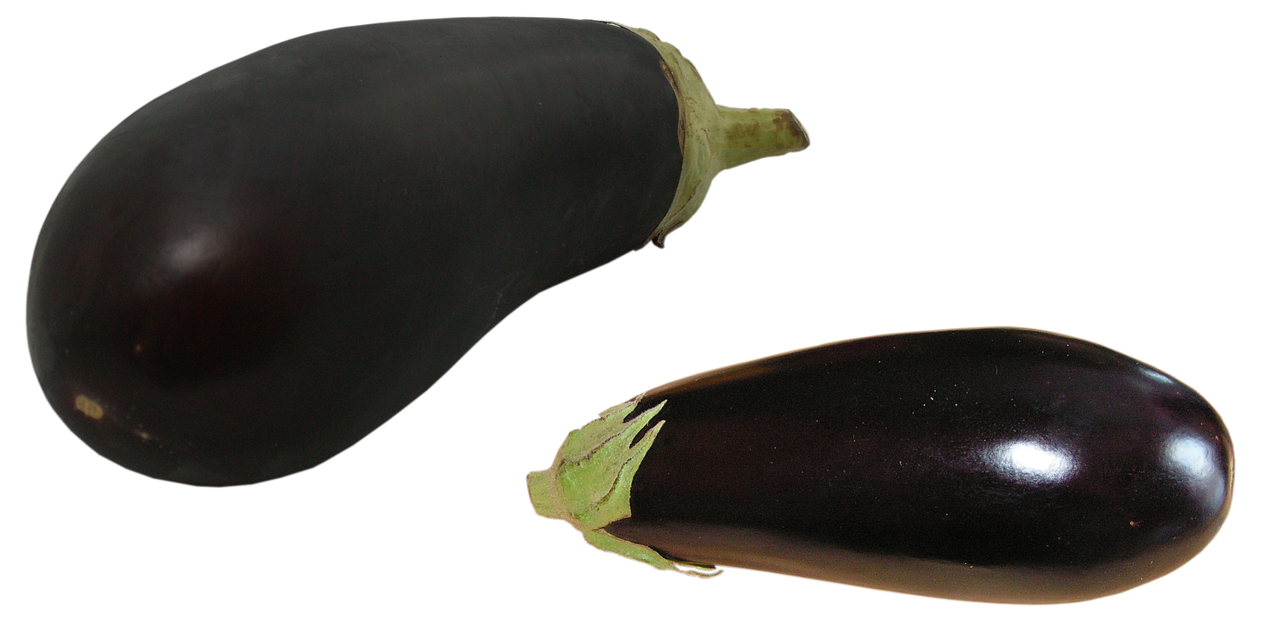
Eggplants or aubergines as they are called are becoming better known in the western world. Other names they are known by are eggfruit, brinjal and guinea squash. Eggplants originate from the Middle East and Asia, and instantly recognizable by their shiny purple skins. Eggplants are from the same family as the tomato and potato, as the scientific name of Solanum melongena esculentum suggests. There are many varieties, coming loosely under three types. The multi colored, small and the familiar egg shaped fruit. The purple/deep red color predominates; the multicolored variety has shades of cream through to pink.
Growing eggplants from seed starts a few weeks before spring arrives. Choose a variety that suits your situation, whether it is an early variety or a main crop. The eggplants require a long warm growing season so a head start in growing seedlings is necessary. Allow at least 14-16 weeks. The fruit itself takes anywhere from 60-80 days to mature.
Where you are in the world obviously dictates when your best sowing dates are.
Grow the seeds in trays or punnets until the seeds reach 3-4 inches in height. When transplanting them into their final position handle carefully, avoid holding them by their stems.
Plant the seedling into a container at least 40 cm in width with reasonable depth. The height the plants grow is dependent on the variety used, with the taller varieties needing to be staked and protection from the wind.
The plants will need manure or compost added to their pot. Do not overdo the manure as you may end up with lots of leaves! Grow them in a sunny open area on a deck or patio where you can water them frequently and notice their overall health.
Feed your plants with a water-based fertilizer according to the instructions of the brand you are using. This can vary from fortnightly to monthly, this is important from flowering onward and during the fruiting season.
You may prefer to limit the number of fruit of your plant, to maintain quality fruit but that is a personal preference. Once the fruit has reached maturity usually in the late summer, the skins will be well colored and shiny. This is the premium time to harvest, because once the skin starts wrinkling, the fruit is past its best for eating. Always use secateurs for cutting your fruit off the plants, as pulling them can damage the plant. It is very frustrating when you do it and it breaks the plant completely!
As they belong to the tomato family, eggplants are susceptible to fruit fly infestations. There are sprays available to limit the damage they cause, applied weekly the chemicals break down and are non-harmful if you time your harvesting accordingly. Another is verticillium wilt; unfortunately, the only cure for this fungal disease is removal. Do not use the same pot again for growing aubergines.
The Author:
Maman Wilson — In my sixties, having been privileged to have had a full and interesting life with husband and four children. Career changes have included,nursing,farming,business,real estate, office work and sundry other careers. Now on my own it is time to do something new!!

